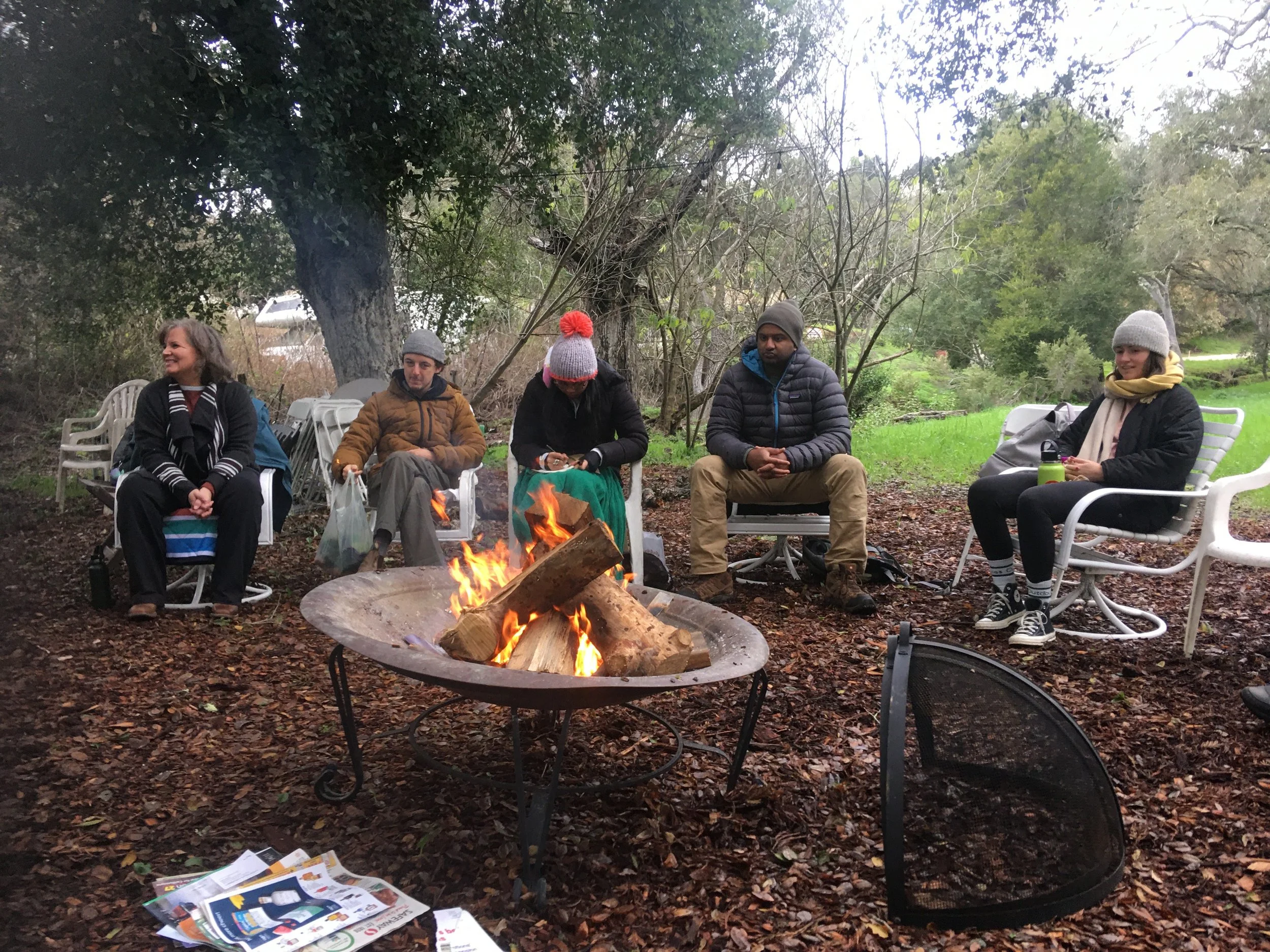Regenerative Strategy
Designing Organizational Change for a Circular Future
TL;DR
Role: Design Researcher, Design Management Institute London
Focus: Circular economy maturity, organizational transition, regenerative business design
Methods: Systems mapping, stakeholder typology, co-design frameworks, gap analysis modeling
Impact: Published at ADMC 2018; later evolved into the Regenerative Business Guide (2023), used in sustainability and circularity workshops
Project Context
In 2019, I undertook a research thesis to explore how organizations can transition toward regenerative and circular business models. At the time, the design community lacked a practical, systems-level approach to evaluating readiness for circularity. Existing frameworks focused on theory or lifecycle analysis, but didn’t offer a shared way for teams to assess their current state, identify leverage points, or guide internal transformation.
My thesis sought to address this gap by designing an evaluation model that helped cross-functional teams map circular maturity and organizational alignment. The work was published at ADMC 2018 and later evolved into a visual toolkit, The Regenerative Business Guide (2023), used in workshops with climate founders, sustainability teams, and regenerative design studios.
NBS Framework (Adams et al., 2012)
The Challenge
Most circularity initiatives struggle not because of lack of ambition, but because of structural misalignment, unclear ownership, and a lack of shared visibility across teams. Key breakdowns included:
Ambiguous definitions of circularity: Different teams interpreted "sustainability" and "regeneration" in conflicting ways, leading to misaligned priorities.
No evaluation mechanism: Businesses lacked tools to measure their organizational capability or maturity on regenerative principles.
Siloed decisions: Strategy, operations, and design teams worked in parallel rather than in coordination, making it hard to execute circular interventions systemically.
Lack of stakeholder fluency: Many circular efforts were led by specialists, with little buy-in or understanding from the broader organization.
The goal was to build a coherent, scalable evaluation system that could surface gaps, build alignment, and help teams prioritize action, not just aspiration.
My Role & Research Approach
As the sole researcher and designer, I led the end-to-end study—from theoretical framing to applied prototyping. I blended systems thinking, organizational design, and service blueprinting into a modular toolkit. My approach:
Framework Analysis: Mapped and critiqued 10+ circular economy tools and sustainability models to extract key leverage points and evaluation gaps.
Systems Mapping: Visualized the full business ecosystem—from material flows and product life cycles to stakeholder touchpoints and feedback loops.
Stakeholder Typology Development: Identified core actor groups (e.g., product owners, suppliers, sustainability leads, procurement heads) and modeled their influence and friction zones in transformation journeys.
Evaluation Model Prototyping: Developed a multi-dimensional framework using four key lenses: Strategic Alignment, Systems Design, Operational Capability, and Stakeholder Culture.
Co-Design and Workshop Simulation: Created speculative workshop methods where teams could map their maturity across these dimensions and identify high-impact intervention zones.
Early Toolkit Testing: Prototyped and tested a visual card-based version of the model, which would evolve into the Regenerative Business Guide.
Co-Design Workshops with Sustainability Oriented Orgs
The butterfly diagram: Visualizing the circular economy
Key Insights
Circularity is a capability, not an outcome: It must be embedded across strategy, design, operations, and stakeholder culture, not bolted on at the product or compliance level.
Teams need a common mental model: Misalignment across silos created blind spots and stalled regenerative efforts. A shared language and diagnostic tool was essential.
Readiness is relational, not absolute: There is no universal score, but there can be visibility into strengths, dependencies, and enablers for transformation.
Evaluation must be participatory: Change cannot be imposed, it must be co-created through dialogue, mapping, and shared ownership across teams.
Outcomes
Peer-Reviewed Publication: Thesis was selected for presentation at the ADMC 2018 Conference under the Design Research Society.
Regenerative Business Guide Toolkit: The evaluation model evolved into a visual playbook for teams, used in workshops by sustainability practitioners and impact entrepreneurs in 2023.
Strategic Workshop Assets: Created speculative artifacts like stakeholder maturity maps, ecosystem journey templates, and decision alignment grids—used to guide team retros and planning.
Cross-Domain Relevance: Though originally framed for circular economy transitions, the model has since been adapted for use in service design, permaculture planning, and regenerative leadership frameworks.
What’s Next
The Regenerative Business Guide is not just a one-off toolkit, it’s a living systems design artifact. Since its creation, I’ve used these frameworks in contexts ranging from permaculture design planning to sustainability workshops and business model rethinking. If you're building something aligned—or would like to adapt these tools for your context, let’s talk. Feel free to download the entire or playbook or get in touch at hello@varunprabhu.com and I’ll send you the Notion board for you to try within your organization. I’m currently exploring collaborations to bring this work into more applied contexts:
Regenerative business accelerators
Environmental education & curriculum design
Organizational transformation projects
Systems coaching for early-stage founders
















